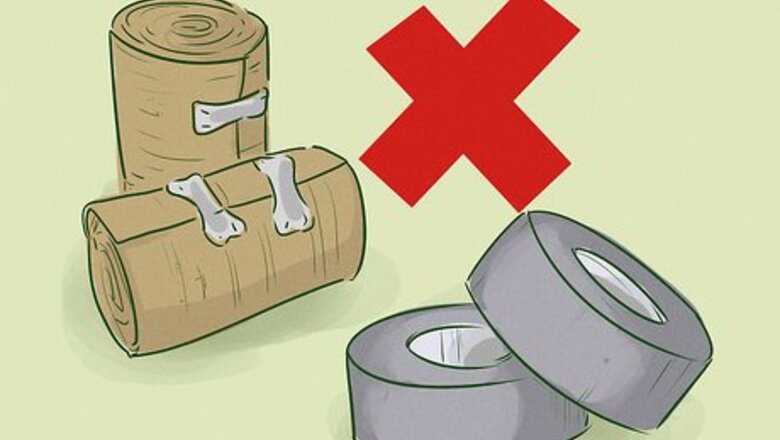
views
Choosing a Binder

Avoid binding with tape or elastic bandages. A common sight in the media is the transgender boy who has tape or an ACE bandage wrapped around his chest, trying to bind his chest down. Never use these at any cost. Tape is very bad for the skin, and bandages are designed to compress, so every time you take a breath, you'll be constricting your lungs and ribcage. Using either of these materials to bind can result in chest pain, torn skin, broken ribs, severe lung problems, or even a fatal punctured lung. If you damage your ribs during binding, you may be unable to get top surgery later. If you have absolutely no other choice than to use a bandage, do not wear it for more than an hour. Never use tape under any circumstances. Tape can rip your nipples off. Even if you put tape over an old shirt instead of on your skin, it's not safe. Some people may suggest binding with saran wrap (plastic wrap). Avoid doing this. Saran wrap isn't breathable, and will leave you swimming in your own sweat, as well as still having the same dangers that come with using a bandage.

Use the camisole technique. In a pinch, this technique can be good because it's cheap, easy, and does not constrict your chest very much. Get hold of a snug camisole with a built-in no-cup bra. There should be a band of elastic that rests right below your breasts. Put the camisole on backwards, shorten the straps, and position the elastic across the largest part of your breasts (most likely right across the nipples). Fold the bottom of the camisole up twice, and make sure the back and front are even. You can also put a second camisole on the same way for added flatness. This method may not work if your chest is larger than a B-cup.
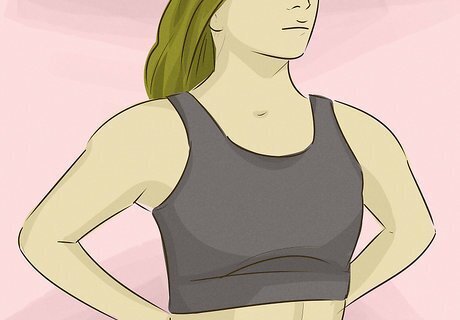
Use sports bras. A safe way that discreetly makes your chest appear flatter is wearing sports bras. Buy a bra or two. Try them on; make sure they're properly sized and that they are comfortable. You can also wear two, with the second one inside out. It sounds odd, but it works for some. Unlike binders, sports bras can be used for as long as you want, as they don't provide much compression around your ribs. If you plan on going somewhere for a long time, consider wearing a sports bra rather than a binder. Wearing two sports bras at the same time works for some people. (However, it's not safe to do a binder and a sports bra, or to double-bind with anything but a sports bra.) A too-tight sports bra can compress your ribs much more than a binder can. Worn too tight or all day, a sports bra can cause permanent damage, so remember that the safety rules still apply to you.

Purchase a binder. To truly bind your chest safely and properly, you should invest in a proper binder. They are safe and can be bought from the internet; they come in different sizes and can make you look and feel much better. The average cost of a chest binder varies between websites, but well-known companies such as Underworks and gc2b will range from thirty to sixty US dollars. If you can't afford one, try searching for sites that will donate new or used binders and apply to receive one, or check out clothing swap sites for trans people. Do careful research on the binder you want to buy. Some binders are no better than bandages. There are plenty of reviews on websites and social media (Tumblr is a good source for this due to its large community of transgender and nonbinary members). If in doubt, stick to a more well-known company, even if it costs more.

Buy a quality binder of an appropriate size. You should be able to take a deep breath in your new binder, without discomfort. When you aren't sure about sizes, buy the bigger one—a too-small binder can make you dizzy, and can be extremely difficult to take on and off. Take your measurements to help figure out your size. Avoid cheap binders. High-quality binders are important to keep you safe. If shopping online, read the reviews. Clasps, velcro, or zippers are usually bad choices. They may dig into your skin, or come undone easily.
Staying Safe

Remember that safety instructions do apply to you, even if you're wearing a sports bra or a high-quality binder. You need to protect your health, especially if you want to be able to get top surgery someday. Find ways to cope with dysphoria, without doing anything unsafe. Never double-bind. Double-binding is the practice of wearing two binders at the same time. However, double-binding can have the same effect of wearing a binder that's too small, or a bandage; it can result in minor injury, rib breakage, or so forth. If your binder doesn't do a good job on its own, you may want to just try a different brand or type of binder.
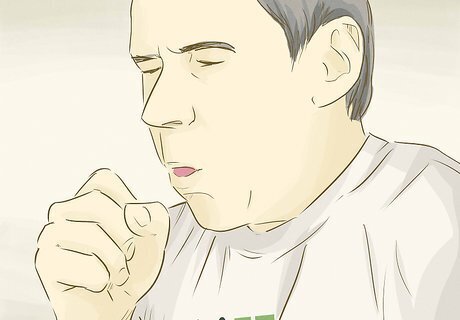
Cough hard every time you put on and take off your binder. Pneumonia is a health risk of binding, since mucus can build up in your lungs. Coughing loosens the mucus and helps keep you from getting sick. Make sure to take some deep breaths, and cough. If you're wheezing, or your breath makes a rattling sound, this is a problem. Go to the bathroom right away, take off your binder, and cough. (If people ask if you're okay, and you're not out to them, tell them you swallowed wrong and you'll be fine.)

Don't do high-energy activities with a binder. Take off your binder if you need to do any activity that will require you to breathe more. Switch to a looser sports bra or folded camisole instead. You don't want to pass out. If you exert yourself too much while wearing a binder, take it off, sit or lie down somewhere cool, and drink water. While wearing a binder, you shouldn't... Exercise Do sexual activities Lift heavy objects Run or jog (even if you're running late) Mow the lawn on a warm day Sing in choir, or play an instrument that requires breath Ride roller coasters
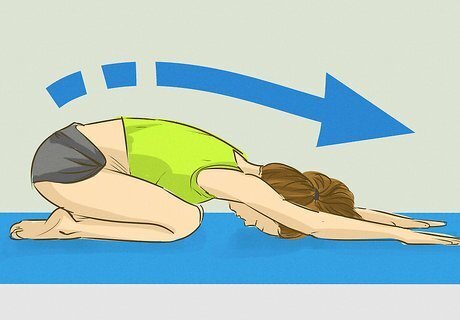
Do daily stretches. Stretching your shoulders, chest, and back can help you stay healthier. You can find example stretches for people who use binders online.

Be prepared to handle heat. Binding can make it easier for you to get overheated in hot weather. Take good care of yourself, and pay attention to the signals your body is giving you. Take a break from binding, or skip it for a day, if you're getting too hot. Drink lots of water. Wear cotton or linen shirts that breathe well. Use ice to cool down quickly if needed. Stay in air-conditioned buildings when you can.
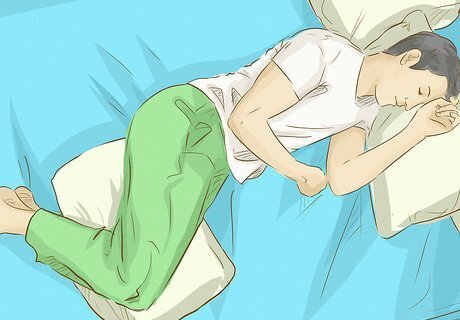
Take off your binder when possible. It's not good to wear your binder for more than 8 hours at a time. Take it off when you're at home, or with people you trust. It can also be helpful to take quick breaks (even only for a minute or two) by taking your binder off in the bathroom and breathing a little. If you start to feel pain, discomfort, or shortness of breath, take off your binder. If you're in public, go to the restroom to take it off.

Sleep with your binder off. Always take off your binder before going to sleep. The pressure of the binder, combined with the pressure of your body against the bed or surface, can increase the risk of complications such as bruised or broken ribs. If you accidentally fall asleep with your binder on, take it off immediately, and then avoid binding for the rest of the day. You want to avoid harm to your body and self so you can continue. Ask your family to wake you if they see you sleeping in a binder, so you can take it off.

Take proper care of your binder or sports bras. Regardless of what you're using to bind your chest down, it's still important to take proper care of it. Sports bras can easily go through the normal wash cycle, but binders are a little more complicated; they often need to be washed in cold water, then hung out to air-dry. Check the website of where you purchased the binder to find out if there are any specific washing instructions. You may be able to wash your binder in the sink, using soap, detergent, or shampoo. If you only have one binder, you may not want to wash it every day, which is fine. Just make sure that your binder doesn't smell. Use deodorant, spray the binder with a scent remover like Febreeze, and consider wearing a thin and breathable shirt under your binder to reduce sweat and odor.

Know what's normal for binding. Binding can be uncomfortable, and this isn't always a reason for worry. The following things are all normal, and not a cause for concern, if you're binding: You get winded after climbing the stairs, but you catch your breath quickly. Your underarms have chafing. Your arms, shoulders, or back are a bit sore. You have more chest and back acne. You're a little (but not a lot) worried about the tightness. Your chest begins to sag after months or years of binding.
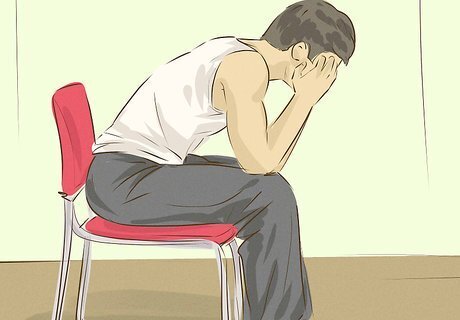
Know what isn't normal for binding. Too much discomfort can be a sign that your binder is too small, or that you need a break from binding. Take off your binder, and consider wearing a larger size in the future, if: You can't catch your breath. You feel nauseated, dizzy, or light-headed. Your arms feel numb. You have bruises, a rash, or bleeding. It hurts when you touch it. You're unable to cough or sneeze. You start feeling too tired to do ordinary things. You have pain for hours or days after binding.

Know when to see a doctor. Stop binding (or only use a camisole) and contact a doctor if you suspect that something is seriously wrong. Consider going to a hospital if you take off your binder and still are not okay. You can't breathe. Your lips or fingertips look blue. You faint. You're experiencing claustrophobia or panic attacks. You feel sharp pains in your chest. Your heart is skipping beats or beating too fast. Your ribcage seems to have changed shape. Something else is going on that really worries you. (Play it safe.)
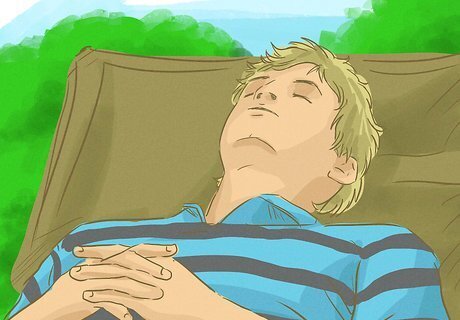
When in doubt, play it safe. If you don't feel great, it's better to take off your binder, and let yourself breathe better. Take off your binder if you're sick, traveling on an airplane, or just not feeling great. Always keep a looser binding method in your bag (such as a more relaxed sports bra) so you can change if you start feeling not so great. If you aren't comfortable taking off your binder, see if you can at least switch to a looser binder. Pain is a sign that something is wrong. Pushing through discomfort for a time can be okay, but pushing through pain is not. It's also a bad sign if you are bleeding; it means you're damaging your skin.
Understanding Binding

Understand what binding is. Binding is the effect of pushing breasts back towards the body, creating the appearance of a flat chest. It's most often used by transgender men or nonbinary people, who may have to bind their breasts down, but it's also sometimes used by cisgender (non-transgender) men who have gynecomastia, or enlarged breasts due to excess fat and breast tissue. Binding for extended periods of time will break down the breast tissue, creating "floppy" breasts, so it's not a good idea for cisgender women who just want their breasts to appear smaller. Minimizer bras are probably a better choice.

Know the risks of binding unsafely or excessively. Binding is only safe if you do it right, and many people don't bind safely. If you bind too tightly or too often, you can risk doing permanent damage to your body—including damage that prevents you from getting top surgery later in your life, or prevents you from being able to ever bind again. Risks of unsafe binding include: Fractured ribs Scarring Respiratory infections and pneumonia

Expect to need a little practice. Binding can be tricky, and you may not be skilled at it right away. That's okay. Stay safe, and start small. Try only wearing your binder for an hour or two, and only wear it around trusted loved ones until you're sure you can take it on and off without help. Try starting with a half tank binder, instead of a full tank one. These are easier to take on and off, and are a good choice for beginners. It's possible to get stuck in your binder if you're new to binding. Practice taking it on and off first, with a loved one nearby to help if you get trapped. Putting baby powder or talcum powder on your chest can make it easier to put your binder on if you're slightly sweaty/damp. (If you're very wet, dry off first.)

Remember that nobody has a perfectly flat chest. It's okay if you have a bit of a bulge on top. Many men and nonbinary people have these. People might just think that you have really big pectoral muscles from working out a lot. A "masculine chest" does not auto-equal a flat chest. Never judge your chest size by looking down. You don't have good perspective from above your chest. Instead, look in the mirror.










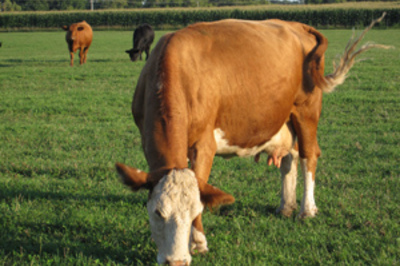




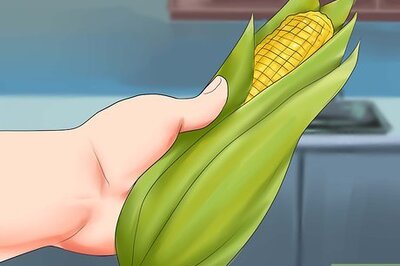



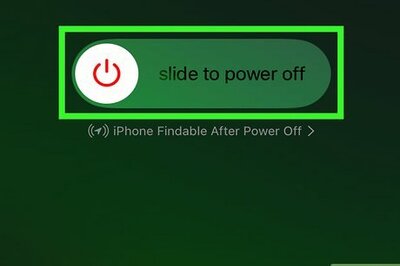
Comments
0 comment